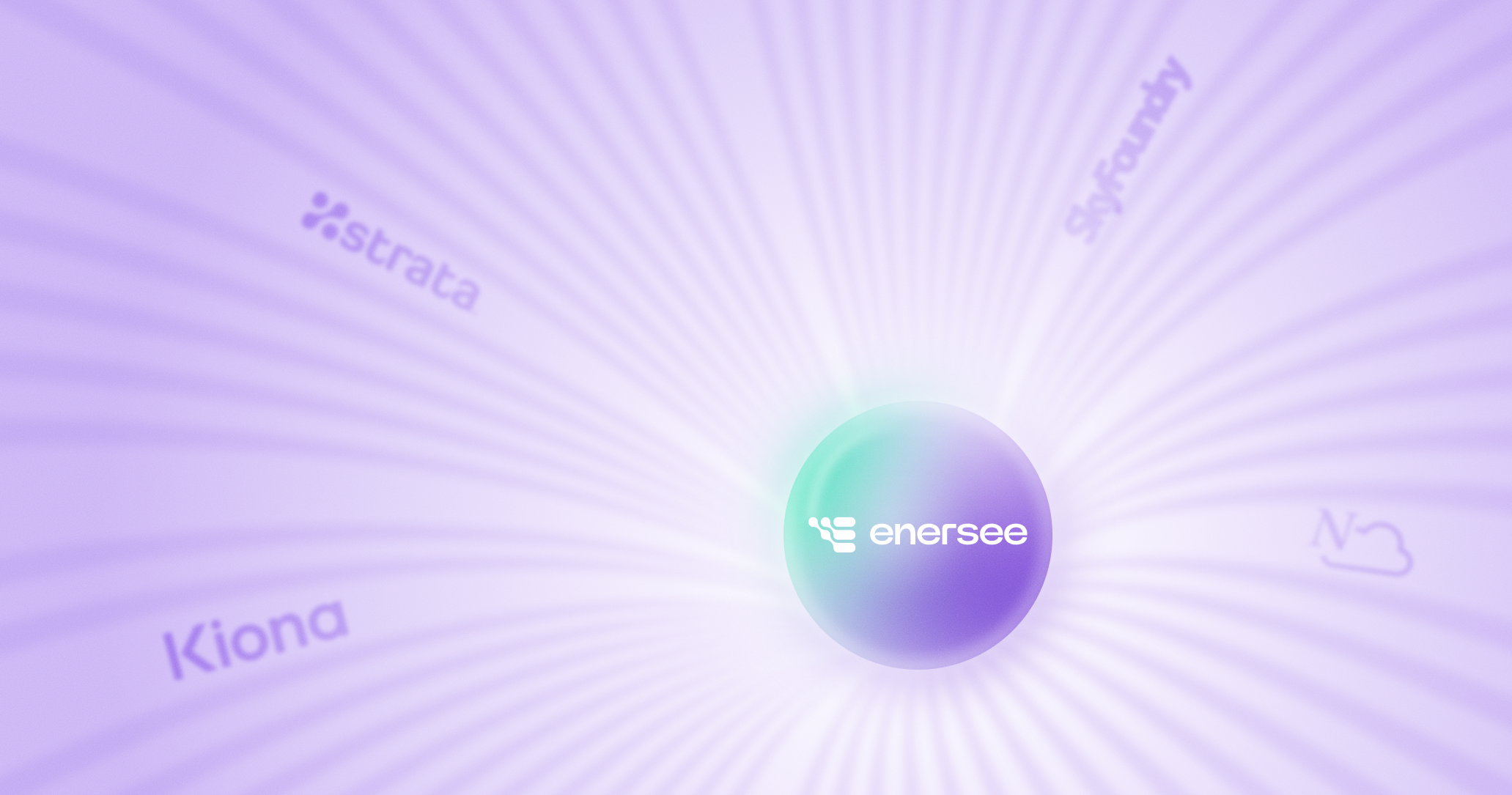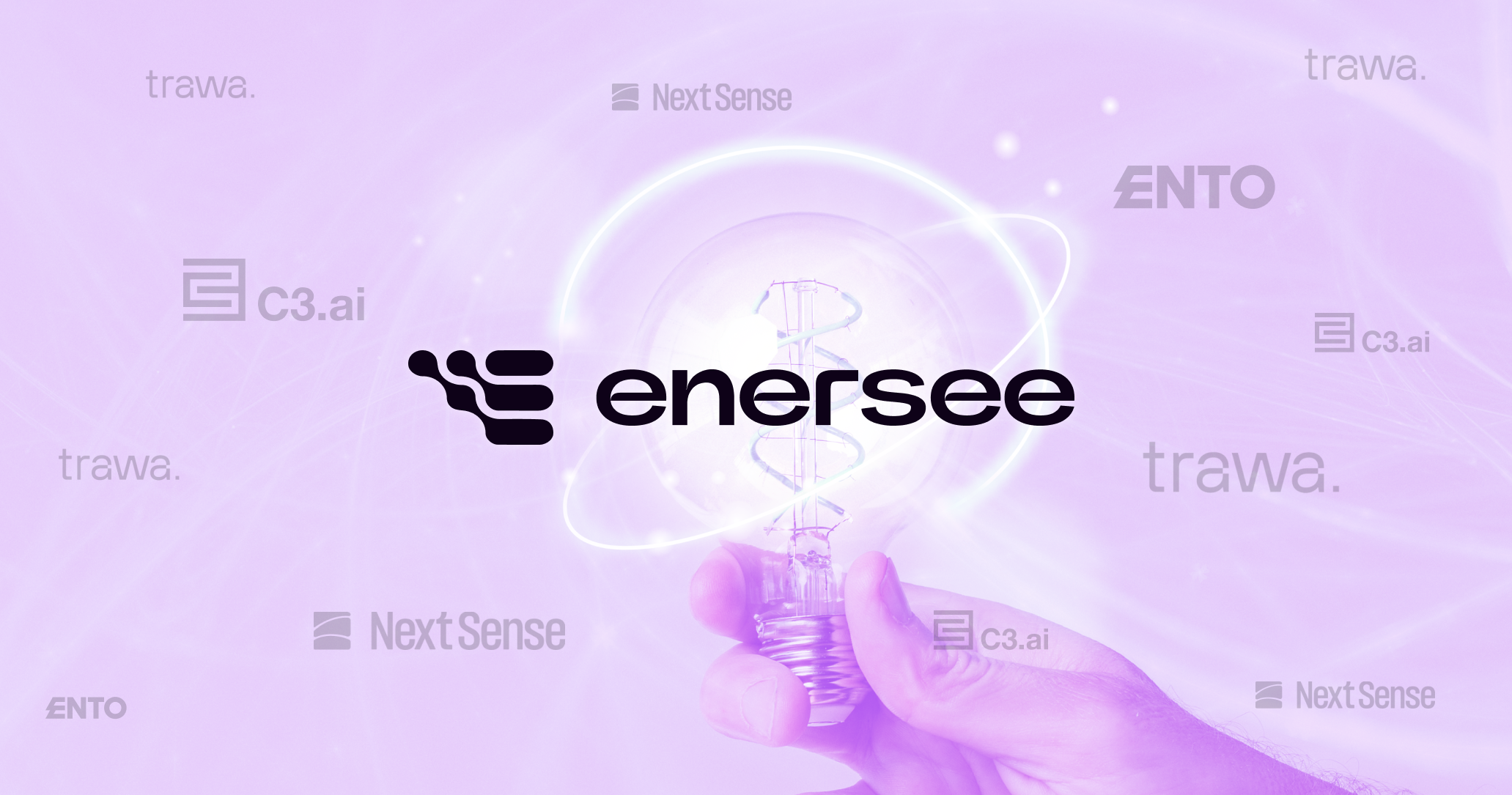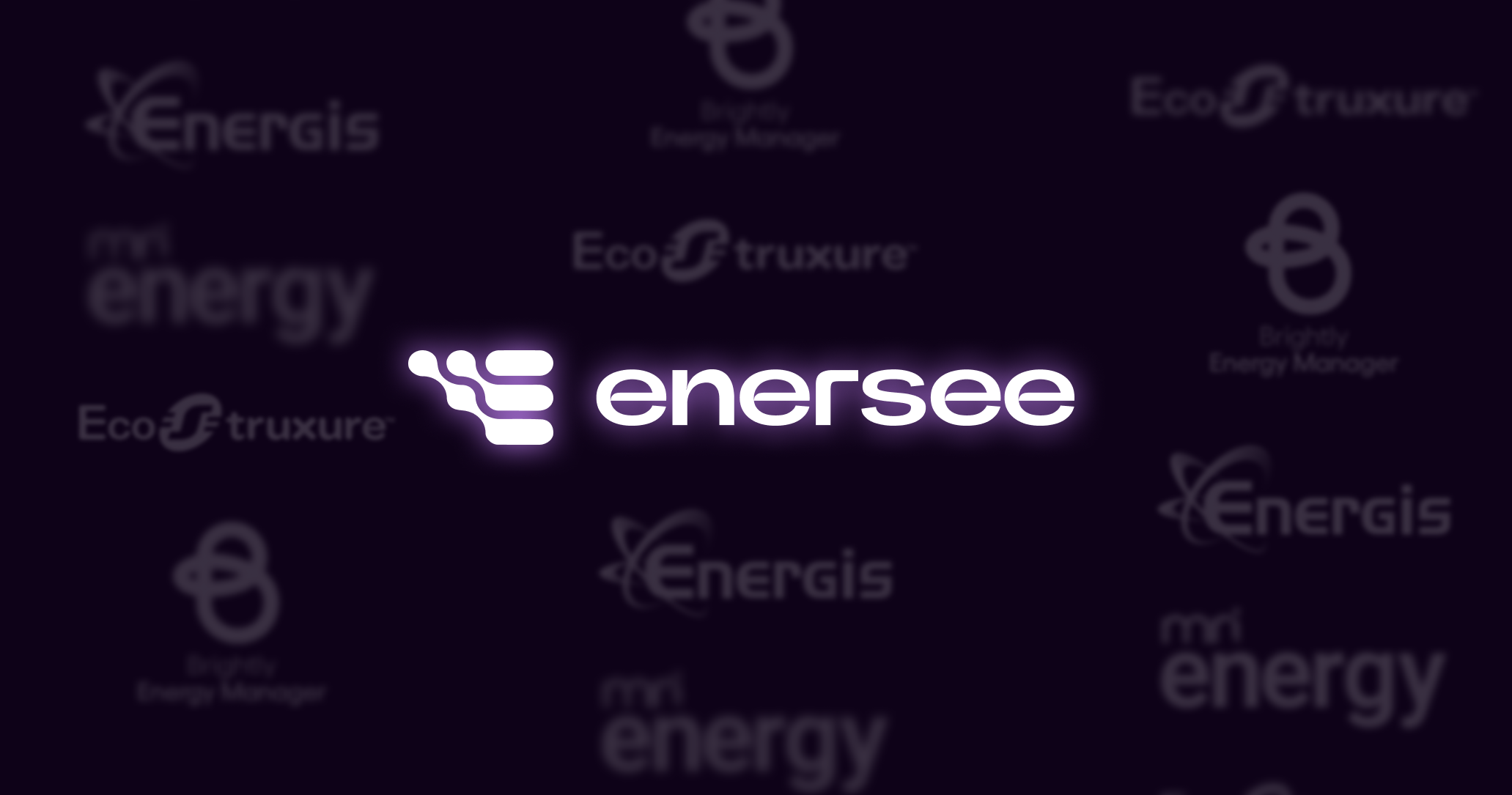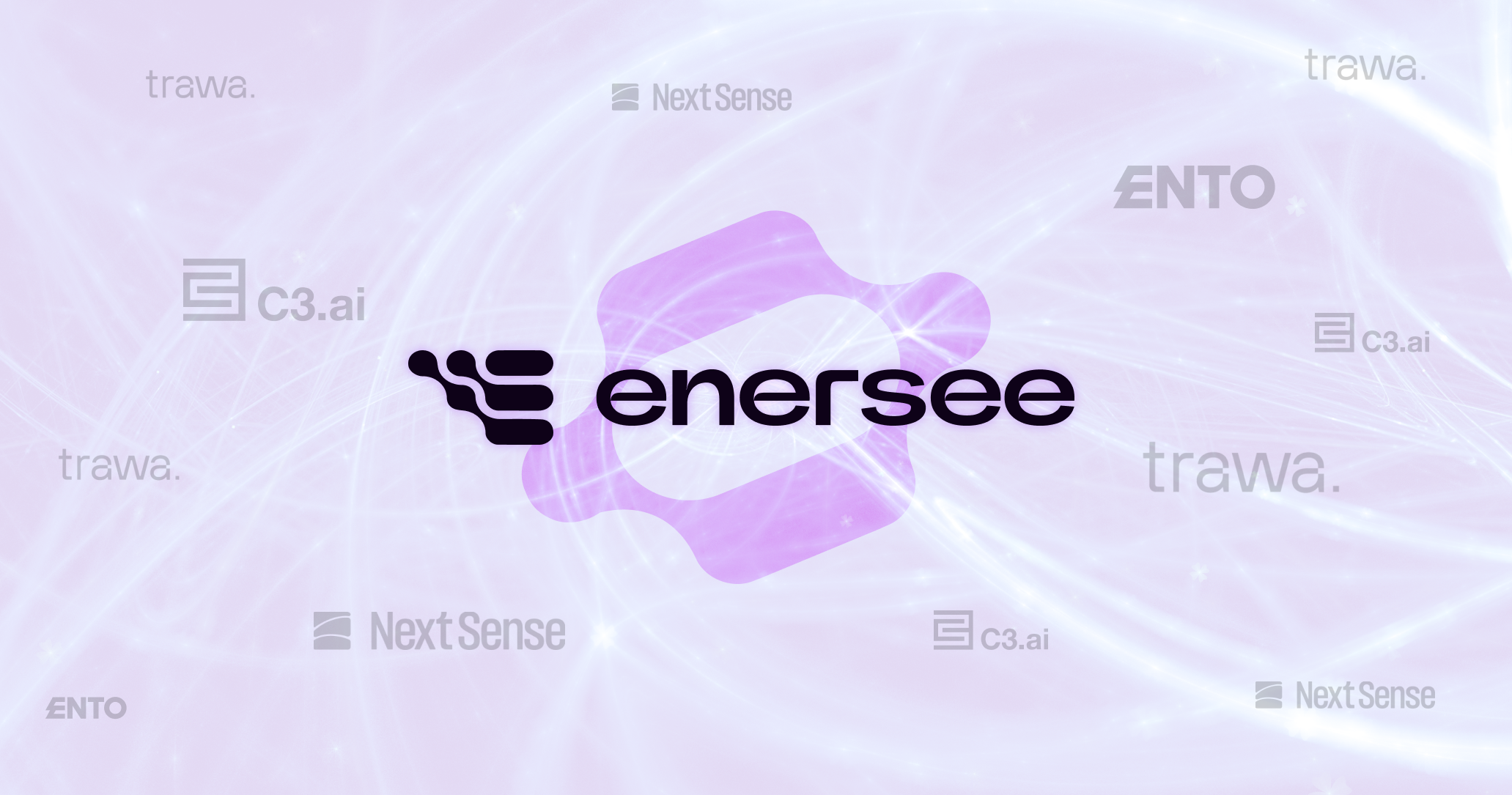“We want to waste $2 million a year because of our inefficient energy management.”
That’s something you won’t hear any organization say. But it’s something that happens. Many commercial buildings waste 10-30% of energy simply because their operations are not efficient. How to change that? Use an advanced energy management platform.
Until recently, these tools were mostly about consumption tracking. Now, they use AI, automation, and real-time decision making. They can calculate ROI, predict anomalies, and guide you and your team towards carbon-neutral operations.
In 2024, the global EMS market was valued at over USD 60.5 billion. Forecasts predict its value will more than double over the next decade, with a CAGR of around 11%. Choose the right energy management platform and you can save millions each year. Choose the wrong one, and you’ll watch your profits disappear.
But how do you choose? And which platforms are actually worth evaluating? We look at some of the leading ones, so you don’t have to.
How to choose the right energy management platform for your use cases?
First of all, answer one simple question. What problem are you trying to solve? Energy management platforms come in different shapes and sizes. Some track utilities and handle compliance. Others use AI to optimize hundreds of sites at the same time.
What is your bottleneck? Are you struggling with visibility? Do you need optimization? Something else entirely? The answer will cut your search in half.
How? For instance, if you need analysis, you’ll want a tool that comes with benchmarking and anomaly detection. But if you’re working in an environment where how fast you answer comes above everything else, go for something that gives you predictive modeling and system-level control.
Evaluate core capabilities
One more thing to consider in your evaluation are the platform’s core capabilities. Here, you want to look at 6 key areas.
- Data integration: can it combine data from meters, HVAC systems, weather feeds, and occupancy sensors?
- Analytics and automation: does it go beyond dashboards to provide actionable, prescriptive recommendations?
- Benchmarking: can you use it to compare sites and detect underperforming assets?
- Usability and collaboration: how easily can operations, sustainability, and finance teams access data and act on insights?
- Scalability: can it manage multi-site portfolios without performance loss?
- ROI visibility: does reporting link every recommendation to financial and carbon outcomes?
Implementation and support also matter. You can get the best system on the market, but if you can’t install it or use it properly, it will all be for nothing.
Top-tier energy management platforms for 2025 and beyond
Forty percent. That's how much of Europe's and the US's total energy consumption goes to buildings. Which means even modest efficiency gains translate to major emission cuts and cost savings.
Pick the wrong energy management platform and you'll watch those savings evaporate.
Below are five leading platforms that deliver real, measurable outcomes across complex portfolios.
1. Enersee

Enersee is an AI-first energy management platform made specifically for enterprise-scale building portfolios. Unlike many traditional systems, it doesn’t just focus on data visualization, but goes deep into self-learning algorithms.
Enersee interprets information from every available source, including meters, utilities, weather, occupancy, and technical metadata. The platform consolidates this data into a unified “building dossier” that links technical specifications with performance data.
Core strengths
- Offers prescriptive, ROI-based recommendations.
- Integrates with your existing data sources with ease, so it’s quick to set up and compatible with all your data platforms and other EMS providers.
- Focuses on carbon impact and financial issues, helping teams decide where to act first.
- It works non-stop as your Virtual Energy Manager, which means you’ll depend less on limited in-house resources.
- Eliminates the need for fragmented spreadsheets or siloed monitoring tools.
Impact in action
- Has an 85% true positive rate for detected alerts, a number that translates directly into cost savings. One large German retailer reported €3.5 million in potential savings per 1,000 stores each year, with potential annual savings across the whole portfolio exceeding €40 million.
- In pilot programs, Enersee identified an average of 3.6 anomalies per store. In comparison, traditional energy management systems identify an average of only 0.27.
Best for
Enersee works best for enterprises managing multi-site portfolios, such as retailers and property operators. If you’re seeking to automate analysis, reduce energy waste, and have better sustainability results, this platform is for you.
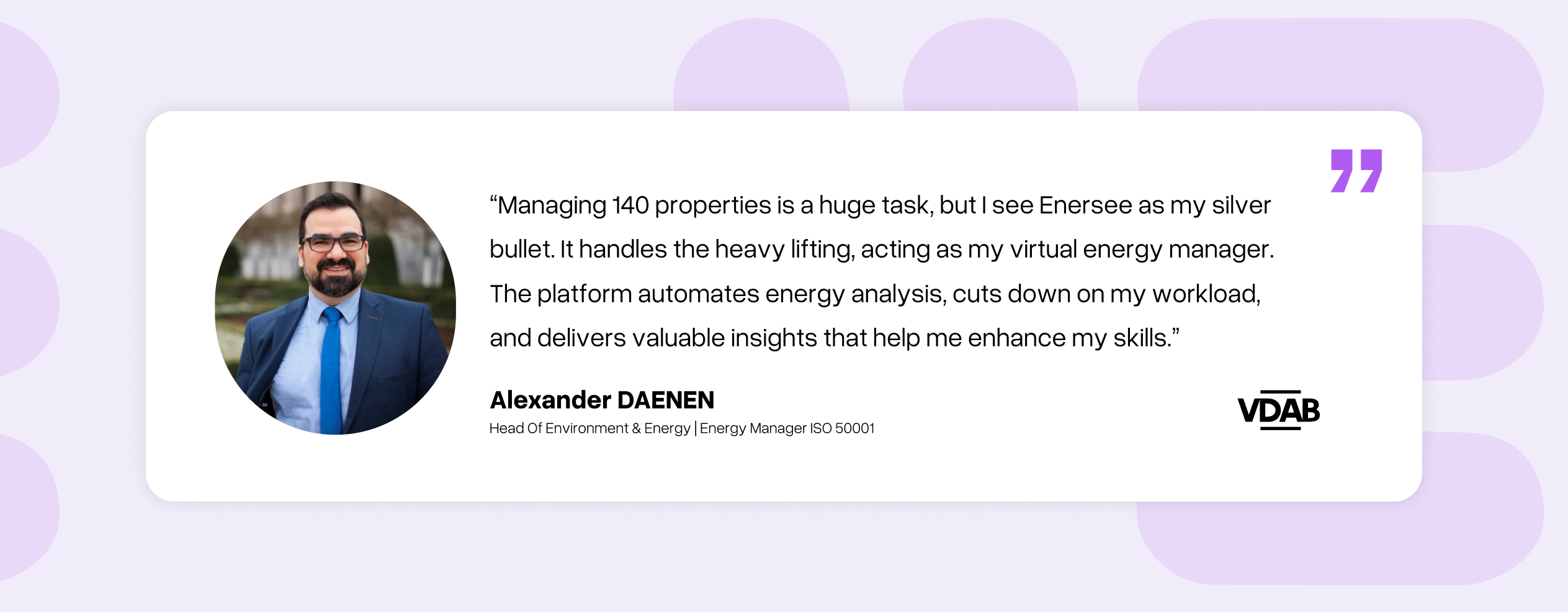
2. IBM Envizi

Tracking, reporting, and reducing environmental impact. These are the first benefits you’ll get if you use IBM Envizi, an enterprise-grade sustainability and energy management platform.
IBM Envizi centralizes energy, emissions, and sustainability metrics into one auditable system. Anyone who’s ever had to deal with multiple regulatory frameworks understands how much peace of mind this can give.
On top of that, you’ll also get tools for data mapping and validation, and a dashboard that will make audit trails and regulatory disclosures much easier.
And if you use other IBM tools, including IBM Maximo or TRIRIGA, you’ll be happy to learn that Envizi works great with them.
Reviews on the G2 platform state that “The Envizi suite is a comprehensive software platform designed to help organisations manage and optimize their environmental, social and governance performance.”
Are there downsides? Yes, there are some. Envizi is all about reporting, and less about real-time optimization. That works great if you’re a global enterprise needing auditable reporting only. It’s also perfect if you’re caught in IBM’s ecosystem. But if you need operational energy management, Envizi might not be the best choice.
3. EnergyCAP

You may be thinking energy management platforms are all rather new on the market. You’d be wrong. EnergyCAP has been around for 40+ years and is the platform for those who need bill accounting, benchmarking, and sustainability tracking.
Its customer portfolio includes government agencies, universities, and large businesses that manage extensive portfolios.
Looking at its features, it’s easy to see why:
- Benchmarking tools for facilities and campuses.
- Flexible user roles for finance, energy, and sustainability teams.
- Add-ons for carbon reporting, bill automation, and smart analytics.
Speaking of the add-ons, one user notes, “These modules provide and allow for ways to track a company's energy usage viewed from several angles. The Cardon Hub and Smart Analytic modules are very informative and resourceful when decisions are needing to be made based upon data.”
As with most tools, downsides exist. A G2 user noted that “There is so much to learn and so many options to select from. May take some time to become comfortable navigating and learning all what the software can provide.”
What EnergyCAP is not: a predictive analytics engine. If you need AI-driven anomaly detection or automated optimization, look elsewhere. This tool is for organizations that need visibility and accountability in utility spending first, operational intelligence second.
4. Spacewell Energy (Dexma)
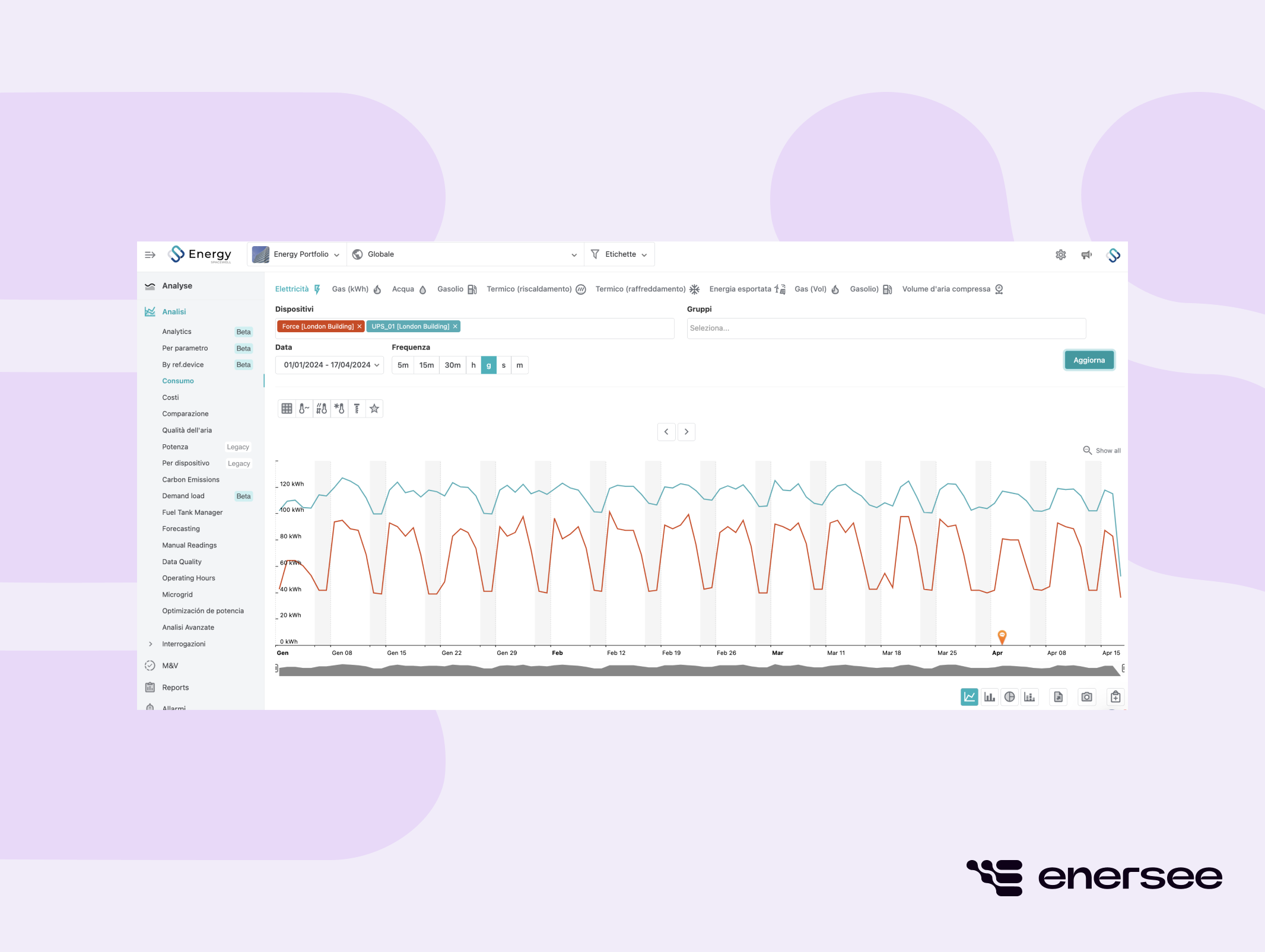
Energy intelligence. In simpler terms, monitoring, analytics, and carbon tracking. These are the major benefits you’ll get using Spacewell Energy (formerly DEXMA).
Advanced analytics is where Spacewell Energy also deserves a pause. It offers baselining, forecasting, and anomaly detection. It integrates with third-party meters and IoT devices and has a dashboard that can adapt to any user role.
What do users say? Let’s look at some reviews.
“The platform is very intuitive and user-friendly. Even though it is a technical tool, configuring complex analyses and reports is straightforward."
In short, most like it for its features, the ease of use, and its reporting options.
What do users dislike? Spacewell Energy has a rather steep learning curve, which can pose some problems for non-technical users. On top of that, some complain that the support isn’t ideal, and it can take a while to get a straight answer to complex issues.
5. GridPoint
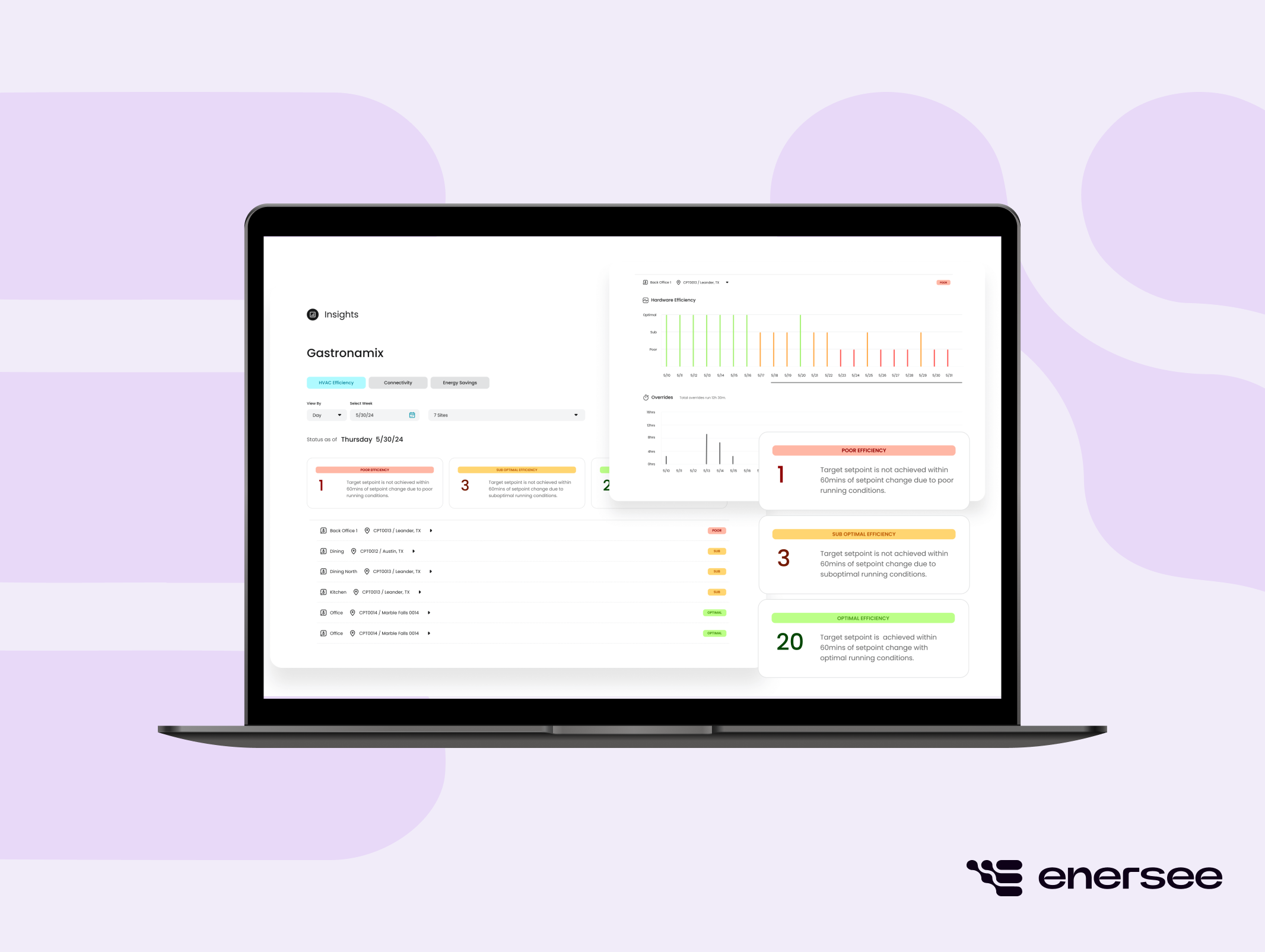
Do you need a platform that can monitor HVAC, lighting, and refrigeration in real time? Perhaps you’d also like the same platform to then use predictive analytics to catch inefficiencies before they become problems and mess everything up?
In that case, you may want to consider GridPoint. It offers granular visibility. What does that mean? Instead of looking only at aggregate energy use, you can see exactly which compressor isn’t performing well.
GridPoint can flag anomalies, suggest fixes, and handle demand-response, so you can take part in grid programs with zero manual intervention.
Its most notable users? Retail chains and restaurant groups. GridPoint offers a data richness few other tools do. On the flip side, using the deeper analytical features isn’t easy, and you’ll likely need technical support during setup. Not a DIY platform, but powerful once configured properly.
Where energy management platforms go from here
If you remember one thing from all of this, it should be that the era where monitoring dashboards were enough is long gone. Now it’s all about platforms that identify problems, can calculate impact, and prioritize actions without requiring a data scientist on staff.
The five platforms here each solve real problems. EnergyCAP catches billing errors. GridPoint monitors equipment health. IBM Envizi handles compliance reporting.
But energy systems aren’t exactly standing still either. More data sources, more variables, more sites. Platforms like Enersee that can actually interpret all that data are the ones stepping ahead.
Sure, their dashboards look better. But that’s not the only reason. They can compress weeks of analysis into a handful of recommendations and reduce your troubles in an instant.
Efficiency margins are incredibly thin. If you try to spot patterns manually, sorting through terabytes of building data, you’re leaving money on the table.
FAQ
1. What is an energy management platform?
An energy management platform (EMP) is software that tracks, analyzes, and optimizes energy use across buildings or facilities. It helps organizations cut costs, identify inefficiencies, and meet sustainability targets by centralizing data from meters, utilities, and equipment systems.
2. How does AI improve energy management?
AI allows energy management platforms to move beyond simple monitoring. It can analyze data from multiple sources, like weather, occupancy, or equipment sensors, and detect anomalies early, recommend actions, and forecast savings with high accuracy.
3. What’s the difference between energy management software and ESG reporting tools?
Energy management software, like Enersee, focuses on real-time performance and operational efficiency. ESG platforms, like IBM Envizi, have a stronger focus on compliance, emissions accounting, and sustainability reporting. Many enterprises use both to get a full view of impact and performance.
4. How do I choose the best energy management platform for my business?
Start by identifying your main challenge, be it visibility, optimization, or compliance. Then, compare platforms on data integration, automation, scalability, and reporting depth. For complex portfolios, AI-first systems that offer prescriptive insights typically deliver the fastest ROI.
5. Can energy management platforms integrate with existing systems?
Yes, most modern platforms support integration with building management systems, IoT sensors, and metering infrastructure. Enersee, for example, consolidates all available data streams into a single “building dossier,” making it easier to unify technical and performance data.
Written by
Anastasiia Andriiuk
and







